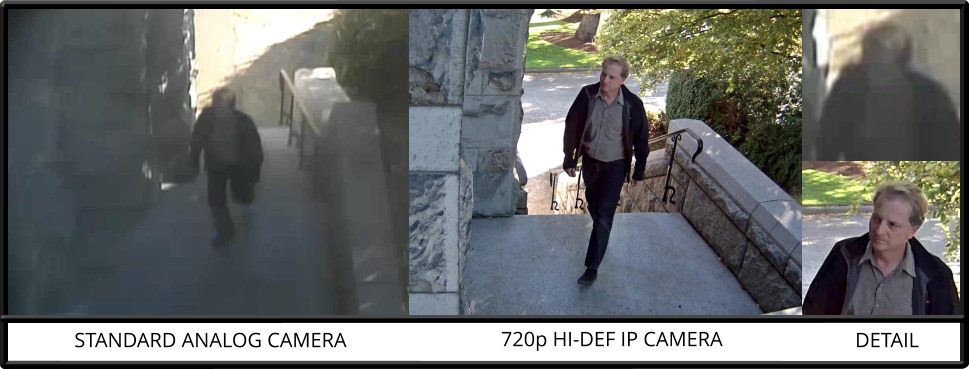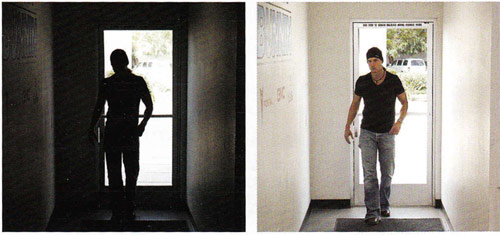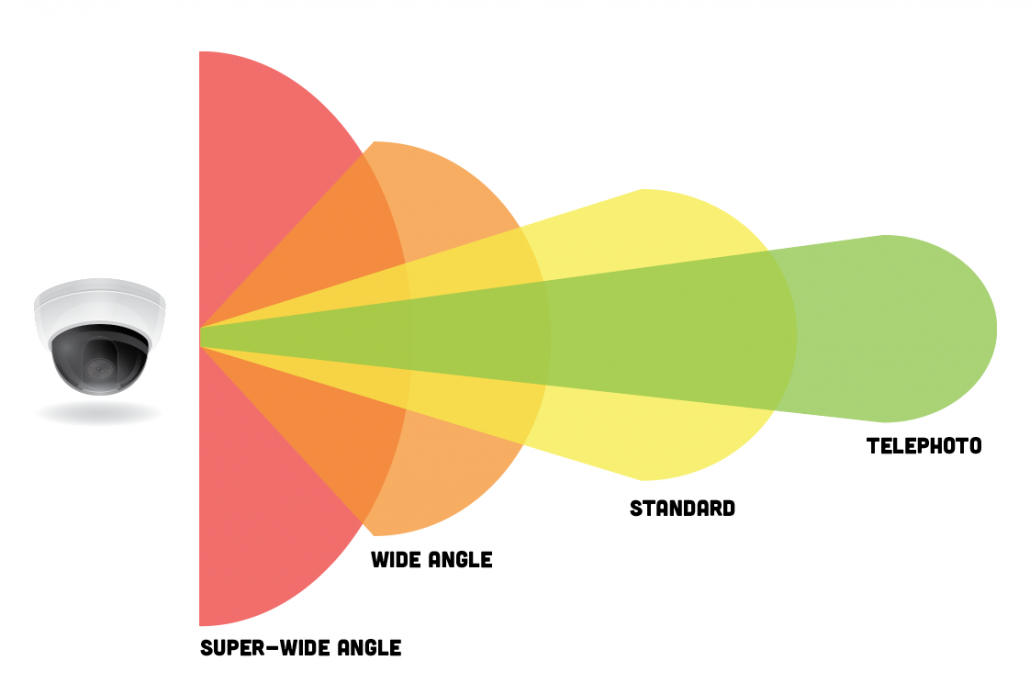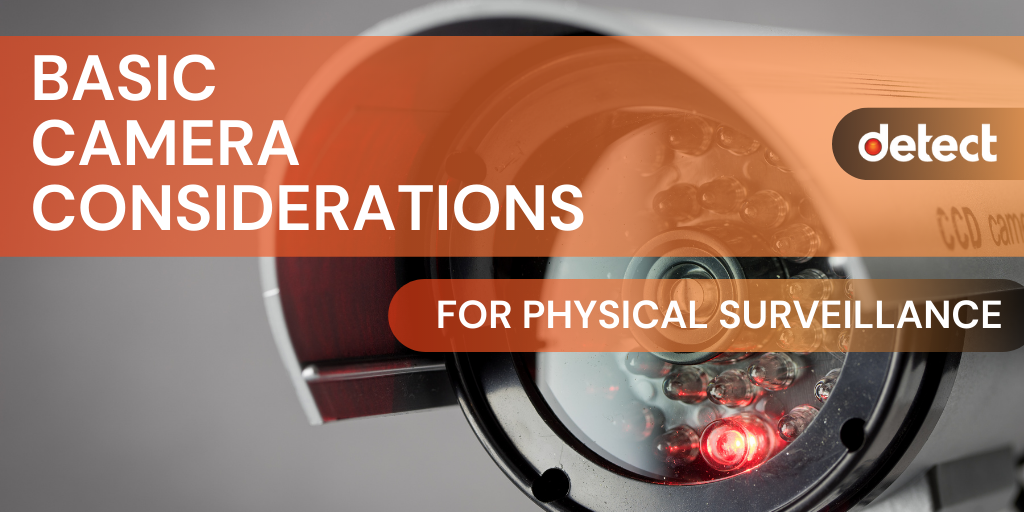Surveillance technology has improved immensely over the last few years, and is constantly improving. A good camera can provide excellent imagery, even under less-than-ideal placement circumstances but is generally a long way from “set it and forget it.” By selecting the right hardware for each situation, you can dramatically improve image quality and be sure the video is available when you need it. Here are some details that need to be considered before you commit to a surveillance system.
Commercial-Grade vs. Consumer-Grade Security Cameras
There are several categories of security cameras. Camera that are generally available in stores are consumer-grade cameras, which usually come 8 or 16 cameras bundled with a video recorder. These are inexpensive, and you can do the setup yourself. The second category of camera is the commercial-grade camera. These are more expensive, and the video recorder is purchased separately. The thing is, as with any purchase, you get what you pay for and it’s up to you to decide how important capturing surveillance video is to you.
Commercial and Consumer grade cameras differ in many ways, but these are the areas you want to really pay attention to:
- Resolution
- Lighting Conditions
- Field of View
- Indoor or Outdoor Installation
- File Size and Storage
If you learn some basics about how cameras work, you will be much better equipped to make a decision that you will be happy with for the long term.
Resolution
The term resolution is used to describe the number of pixels that make up a video picture. The more pixels, the better the image. Standard resolution is 480p, high resolution starts 720p, and full high definition is 1080p. So, naturally, you want to have a high-resolution video feed, and cameras are available, all the way up to 4K resolution or higher. But those pixels come at a cost.
A high-resolution video file is much larger than standard 480p camera video, and it’s important to account for more storage space—especially if you want to keep the video for more than a few days. You will also need a high-speed, enterprise-grade network to handle all that video data efficiently.
For some requirements—especially if lighting and field of view are correctly handled—480p is sufficient. In other situations, such as capturing faces or license plates, you should consider a higher resolution camera.

Picture credit: www.versatech.co/analog-vs-hi-def-cameras/
Lighting Conditions
A good camera can deal with difficult lighting conditions in a better way. For example, it is common for a business to point a camera at the front door of their store, but often there is a large amount of light at the door, which overloads the camera’s sensor. A consumer-grade camera will open its shutter to compensate, which means the doorway is properly exposed, but everything else —including the faces of the people coming in—are too dark to be usable.
Commercial-grade cameras have a solution to this problem, called HDR (High Dynamic Range). HDR-capable hardware takes an exposure of the room and an exposure of the doorway, and then uses software to mesh the images to produce a more viable image. HDR is a standard feature in commercial cameras.

Photo credit: eLine Technology
Outdoor lighting should also be considered, and set up to maximize what the camera view.
Field of View
The field of view (FOV) of a security camera (also called the viewing angle) is what the camera can see, and what you will end up viewing on the video. FOV is measured in degrees. Some of the common viewing angles are:
- Standard/Medium: Lenses covering a viewing angle of 60 to 25 degrees. This is a basic lens for the most common, utility-type viewing.
- Wide Angle: Lenses covering a viewing angle of between 110 and 60 degrees. With a wide angle, you can capture more area, but with less detail. This is good for an overall picture of a property.
- Super-Wide Angle: This type of lens creates a “fisheye” effect and covers a viewing angle of 180° or more. This distorted view can usually be corrected with software.
- Telephoto: Lenses which cover a viewing angle of 25 to 10 degrees. These lenses capture objects in the distance, but with a narrow angle of view.

Before you select a camera, you need to understand what you are trying to capture. Do you need an overall big picture? Or do you want to see a small space in detail? It is critical to determine what the area of interest is before deciding on a camera.
And of course, cameras need to be placed in an area free of obstacles, trees, and anything else that could mar the view you are trying to achieve.
Indoor and Outdoor Cameras
It goes without saying that an outdoor environment will always be harder on camera hardware than a safe, indoor space. Weather, wind, moisture, temperature, and dirt all wreak havoc on sensitive electronics. There are cameras made specifically for outdoor use that have housings to protect the lens and wiring.
Placing a camera that is intended for indoor use outdoors—even in a protected alcove—will drastically shorten the life of that camera.
Video Storage
Video storage is the most underappreciated component of a surveillance system. While the cameras do the flashy work, the storage DVR is what keeps all your video for you until you need it. Video files are big, and you need to allocate enough storage space so that your critical video is not being overwritten too soon. There are formulas that can determine how much storage space you’ll require based on your preferences.
You can also use the cloud for video storage, if you have the network capability. This means you can, potentially, view your video from remote devices, although the quality and reliability of this is limited by the cloud service and software you are using for access.

Hopefully this has been a valuable overview of what you need when selecting a video surveillance system. If you need help designing the best surveillance camera system, you can talk to the experts at DETECT. We will be happy to help you determine your requirements, and recommend the right hardware and placement for the best results.

